What is the SAMR Model and how can it enhance student engagement?
Hapara
JANUARY 16, 2024
Read on for a full rundown of how it can help educators use technology to enhance student engagement. The SAMR Model was designed by education researcher Dr. Ruben Puentedura in 2010. He explained that his research at Harvard as a graduate student in the 1980s led to the SAMR Model. What is the SAMR Model then?

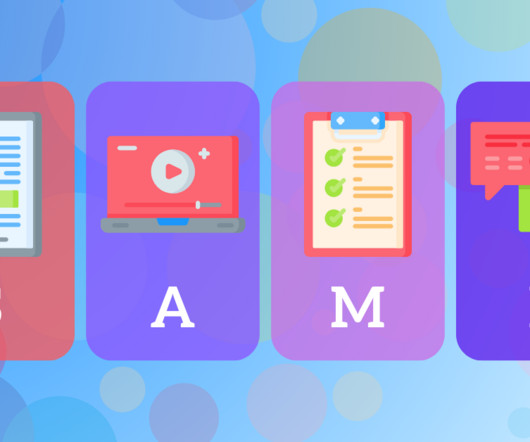
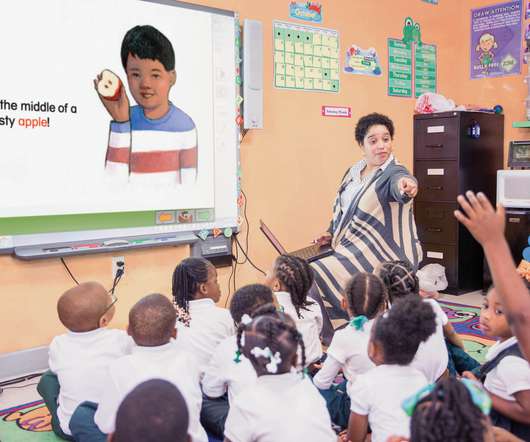
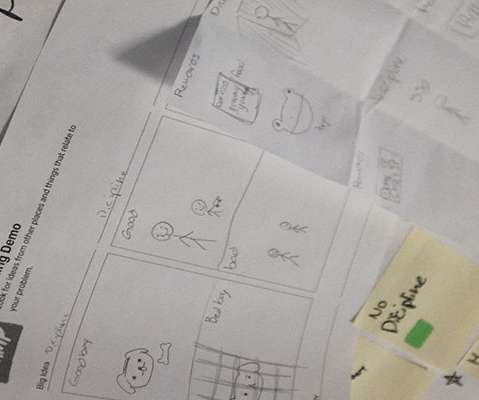

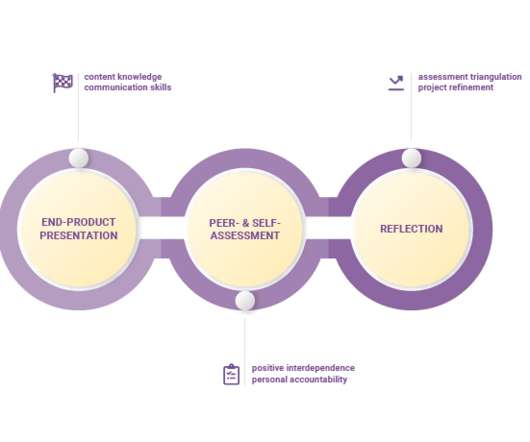



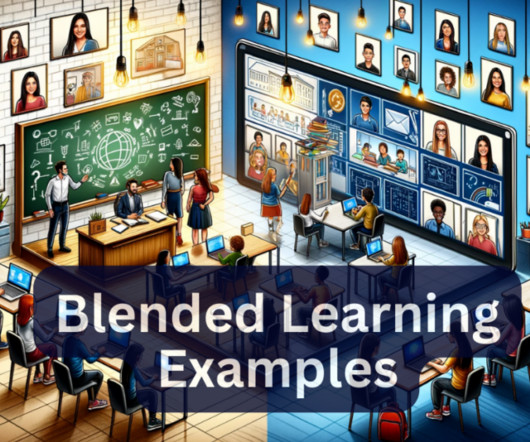








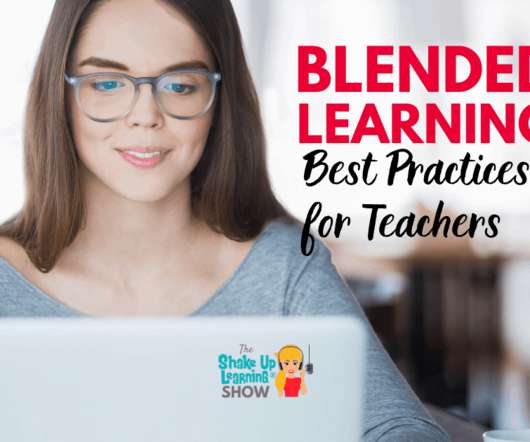








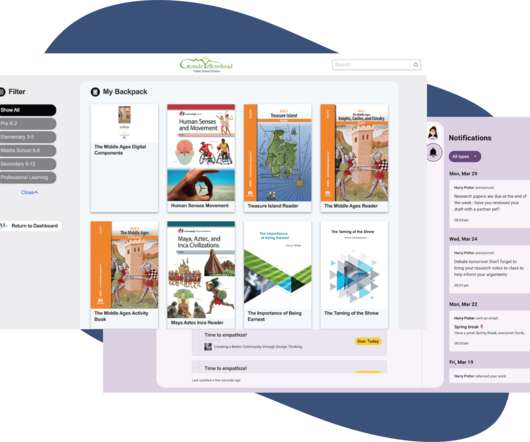










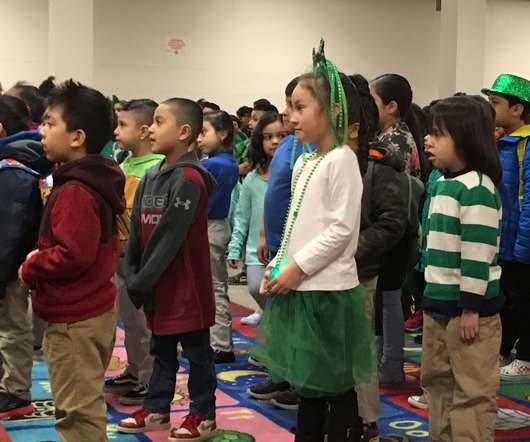










Let's personalize your content